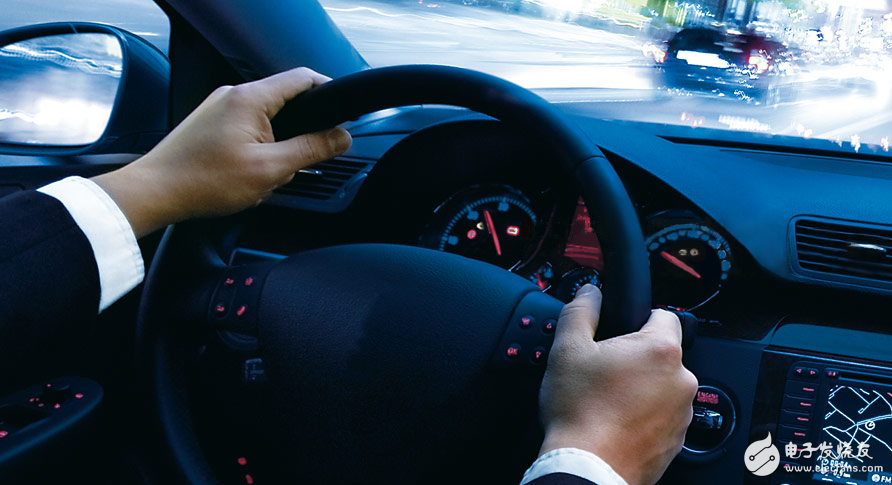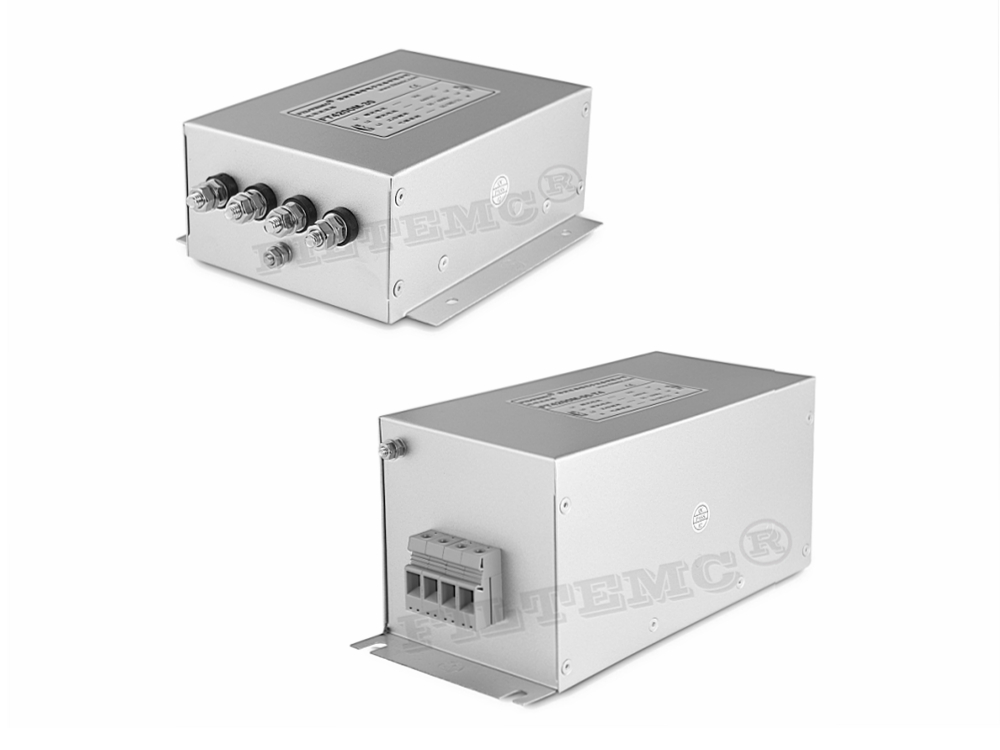Wearable devices are expected to become the remote control center of smart cars in the future. Optimistic about wearable devices will become the star of the market tomorrow, Hyundai announced that it will introduce a combination of wearable devices and smart cars for its 2015 car, Genesis, which will not only further expand its The function of Blue Link, the in-vehicle cloud platform, also adds more imagination space to the application potential of wearable devices, instead of being able to match only with smartphones.

Barry Ratzlaff, executive director of Consumer Connectivity and Business Services Development at Hyundai Motor America, said that wearable devices have become a battleground for semiconductor industry players, and various device types and applications are emerging. The future of wearable devices will continue to be mainstream. The field of fitness and health management extends to a variety of application markets; Hyundai Motor, a leader in connected automotive technology, is also exploring innovative solutions that combine wearables with automotive applications, enabling owners to quickly read cars. A variety of information and instant response, let the user experience and upgrade.
Therefore, the direct connection between the wearable device and the car becomes a development model with potential for development, allowing the user to skip the step of operating the smart phone, and truly realize the vision of directly controlling the car without the need of hands, and create a better experience.
It is understood that Hyundai Motor's solution is to add wearable device applications (Apps) to Hyundai's existing mobile application services, allowing car owners, wearable devices and car cloud platforms to seamlessly integrate. Hyundai will initially use Google Glass as a prototype to develop an application software called Blue Link Glassware, which is expected to be launched with Genesis in 2015, and then gradually expand the integration of other wearable devices and smart car applications. .
At present, the initial disclosure of Hyundai Motor is a simple application such as remotely launching a car through wearable devices and driving route planning, and will officially display the car supporting Google Glass application before the opening of the Consumer Electronics Show (CES 2014) in 2014. Cloud platform.
It is worth noting that in addition to Hyundai Motor, Nissan Motors (NISSAN), Benz and other major automakers are also developing applications that integrate wearable devices in smart cars to help the future of wearable devices continue to be applied. expand.
Introduction of EMI Filter In Medical Devices
Rated currents: 0.5 to 300A
Various types of connections: pin, IEC inlet, wire, solder lug, thread, terminal block, etc.
Custom specific versions available on request
Features of Medical Device FiltersExcellent common and differential mode attenuation effect, guarantees the accuracy and reliability of medical equipment;
Very low leakage current, fully comply with the safety requirement of medical devices.
Items with IEC inlet or pin connection available, compact structure, easy to install, high cost performance;
Three-phase versions are suitable for high power medical devices, which are safe and effective.

Ac Noise Filter,EMI Filter In Medical Devices,EMI Filter For Medical Appliance,Medical Device Filters
Jinan Filtemc Electronic Equipment Co., Ltd. , https://www.chinaemifilter.com